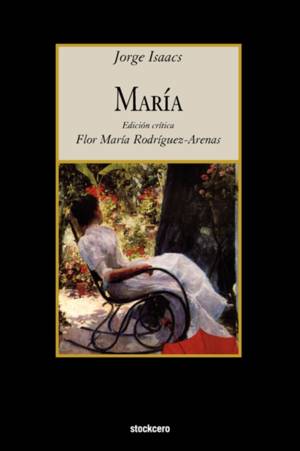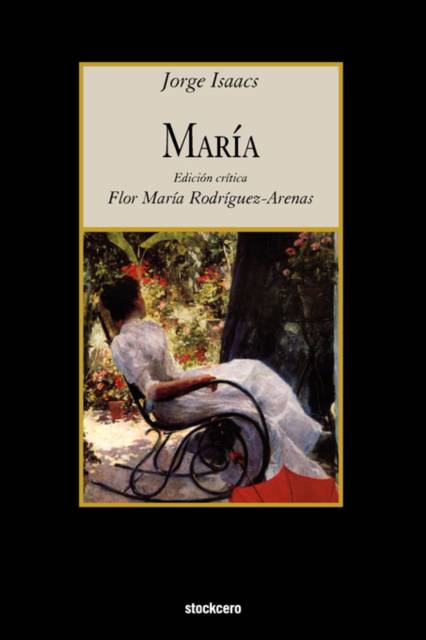
- Retrait gratuit dans votre magasin Club
- 7.000.000 titres dans notre catalogue
- Payer en toute sécurité
- Toujours un magasin près de chez vous
- Retrait gratuit dans votre magasin Club
- 7.000.0000 titres dans notre catalogue
- Payer en toute sécurité
- Toujours un magasin près de chez vous
Description
Jorge Isaacs' María is perhaps the best known, most frequently read 19th century Spanish American novel, but at the same time, the most often misunderstood by modern readers and critics alike. The novel has been labeled by some critics as a real tear-jerker that seeks to revive, and to share with the reader, the loss of a first love. The story is recounted by Efraín, a first-person narrator, who tells it in retrospection, reconstructing the events and feelings of the moment, but in many instances reacting to that past in the emotional framework of the present. The abundant weeping in the tale has been marked as the most criticized narrative device used by Isaacs, causing modern audiences being little able to appreciate the sentimentality of the tear-filled novel. This persistent complain indicates the lack of knowledge about the "age of sensibility" and the idea of masculinity that spread throughout western European literature and culture during the second part of the 18th century and the 19th century. The notion of sensibility was a powerful force in the development of social thinking, art, and philosophy. It was associated with beliefs of sympathy, virtue, benevolence, tender feelings, and compassion, thus being considered the essential link between the human body and the psychological, intellectual, and ethical faculties of humankind. In this way, sensibility was a prominent feature of the novel after the second parte of the 18th century. This notion required a man of sensibility, whose sensitive personality combined reason and romantic emotion, and was able to shed tears without losing his masculinity. This expression of emotion and copious tears run through the pages of 18th and 19th century novels almost without inhibition. Ideas of sensibility and masculinity that influenced Isaacs' composition of his novel and are evident in the representation of all his characters, particularly in Efraín. Locating Isaacs' narrative work within its proper historical context, shows the deep knowledge of the culture of sensibility the author possessed, and how he used those rhetorical postulates to structure his novel. As versed in the field of medicine of his time, and a great reader of literature, the author's erudition became part of the organization of the fictional world he created. In this edition Dr Flor María Rodriguez-Arenas foreword explains these characteristics, and her footnotes help the modern reader understand an often obscure regional vocabulary.
Spécifications
Parties prenantes
- Auteur(s) :
- Editeur:
Contenu
- Nombre de pages :
- 344
- Langue:
- Espagnol
Caractéristiques
- EAN:
- 9781934768181
- Date de parution :
- 01-12-08
- Format:
- Livre broché
- Format numérique:
- Trade paperback (VS)
- Dimensions :
- 152 mm x 229 mm
- Poids :
- 503 g

Les avis
Nous publions uniquement les avis qui respectent les conditions requises. Consultez nos conditions pour les avis.






